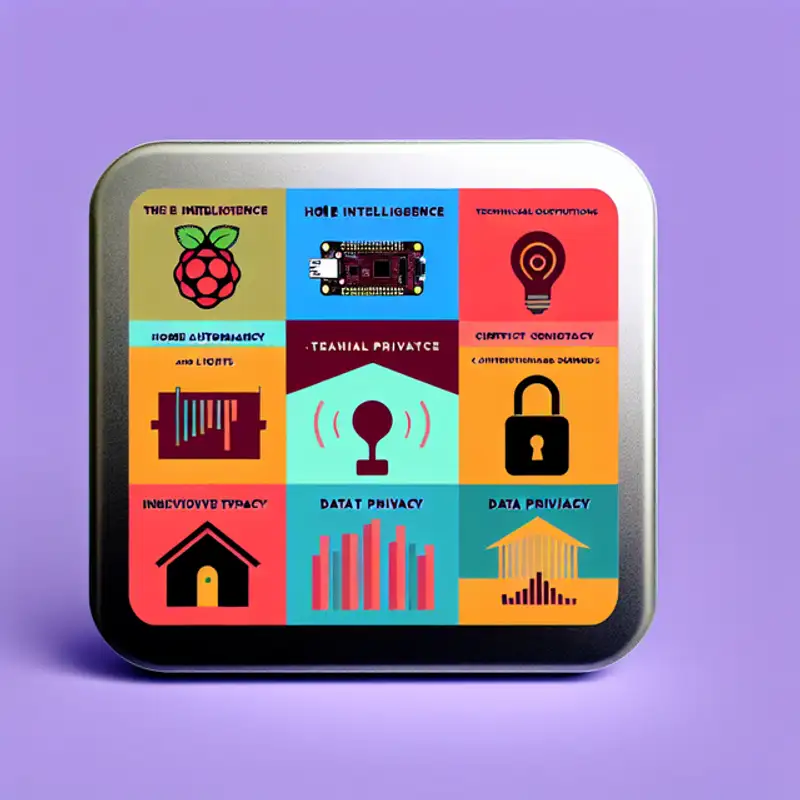 Episode
Episode
· 02:22
If you’ve ever dreamed of making your home smarter without sacrificing privacy or relying on the cloud, Home Assistant might be your new favorite tool. In his video “Getting Started with Home Assistant,” Matt from Lawrence Systems serves up a clear and helpful walkthrough of how to spin up Home Assistant in a Docker container on a Raspberry Pi. He highlights just how powerful and flexible this open-source platform is—enabling full control of smart devices without sending data to Big Tech servers. Whether you're a DIY tinkerer or just smart-home curious, this video is a great entry point into making your house a little more intelligent, all while keeping your data local.
Key Points:
Bonus Intel:
Matt’s guide mirrors Home Assistant’s official documentation but presents it in a practical, approachable style—especially useful for beginners. He stays true to best practices, which aligns with input from the Home Assistant community. Also, this method keeps your setup modular and portable—a huge plus for future-proofing your smart home rig.
If you're ready to start tinkering with home automation without giving away your data or relying on spotty cloud services, this might just be the perfect weekend project.
Link to Article
Listen to jawbreaker.io using one of many popular podcasting apps or directories.